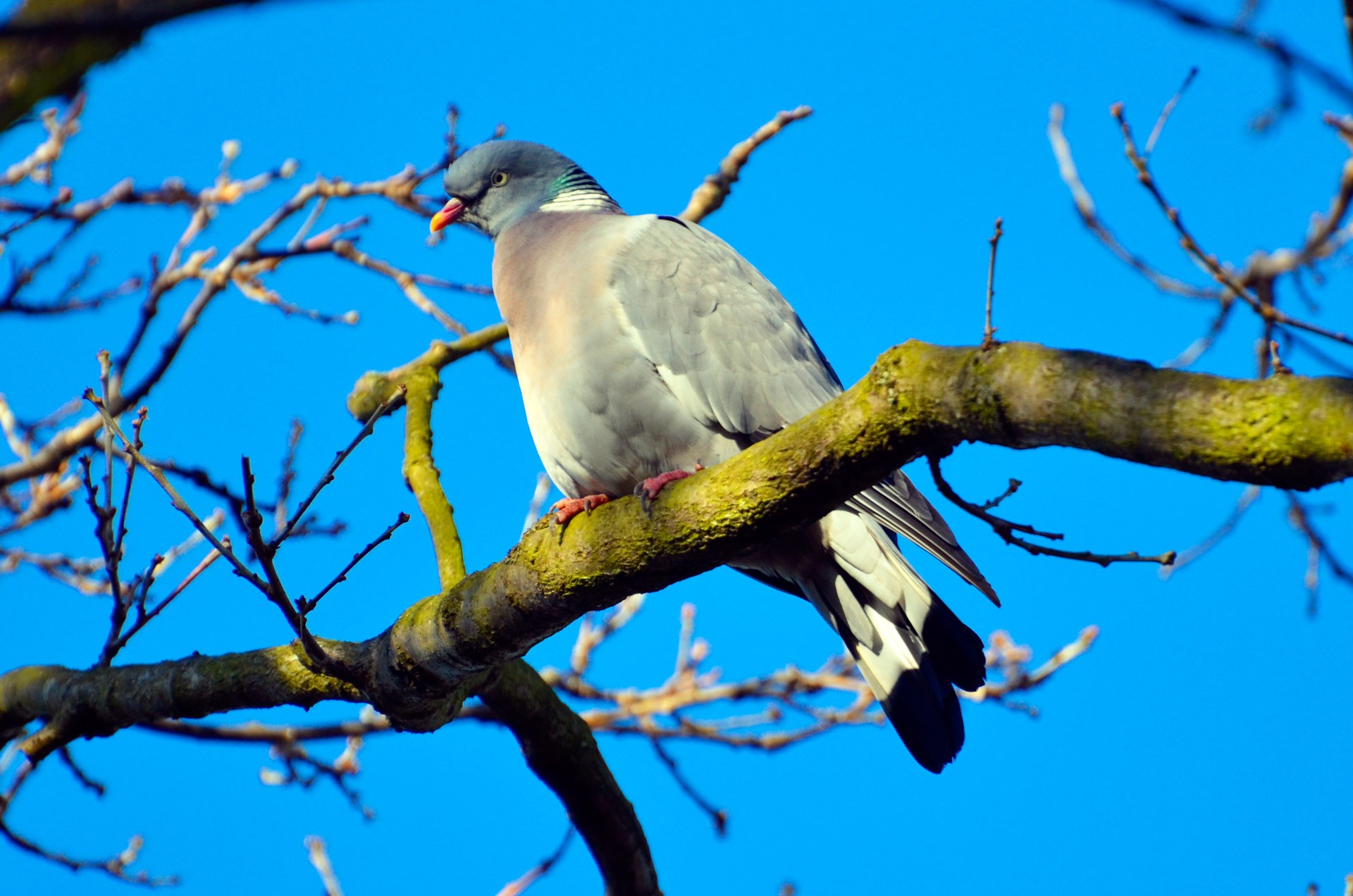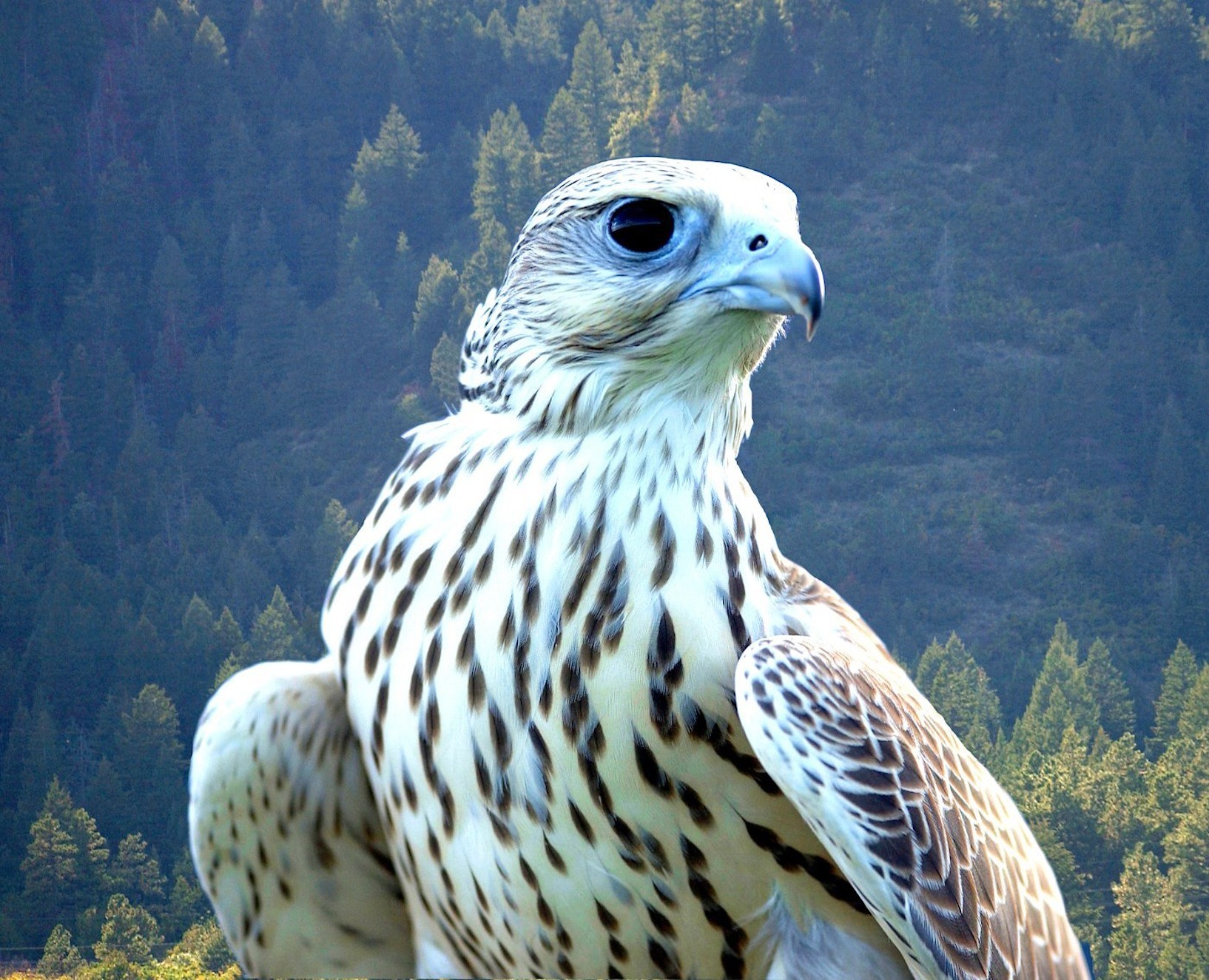Here is an article about the falcon bird.
The Swift Hunter of the Skies: A Closer Look at the Falcon
With their streamlined bodies, razor-sharp talons, and incredible speed, falcons are among the most celebrated and awe-inspiring birds of prey.1 Found on every continent except Antarctica, these magnificent raptors have captured human imagination for centuries, symbolizing power, freedom, and precision.2
A Master of Aerial Pursuit
What truly sets falcons apart is their unparalleled speed. The Peregrine Falcon, in particular, is the fastest animal on Earth.3 When executing its hunting dive, known as a “stoop,” it can reach speeds of over 200 miles per hour (320 km/h).4 This remarkable feat is made possible by its unique body shape—a sleek, aerodynamic form with long, pointed wings that are perfectly adapted for high-speed flight.5
Falcons are not just fast; they are also exceptionally agile.6 They can make swift turns and adjustments mid-air, allowing them to chase down fast-moving prey. Unlike many other birds of prey that hunt by soaring and ambushing, falcons are active pursuers, relying on their speed and precision to catch their meals.7
Hunting and Diet
Falcons are carnivorous predators, and their diet primarily consists of other birds.8 They have an uncanny ability to spot a potential meal from great distances. Once they’ve locked onto their target—be it a pigeon, a starling, or a duck—they initiate their famous stoop. The force of their impact is so powerful that it often kills the prey instantly.
While birds are their main food source, falcons are opportunistic hunters.9 They may also prey on small mammals, insects, and even reptiles, depending on the species and the environment.10 Their strong, curved beaks are designed to tear flesh, making it easy for them to consume their catch.11
Key Falcon Species
The falcon family, or Falconidae, is diverse, with over 60 species.12 Each has its own unique characteristics and adaptations.
- Peregrine Falcon: The undisputed champion of speed, found globally in a variety of habitats, from coastal cliffs to urban skyscrapers.13
- Gyrfalcon: The largest of the falcon species, inhabiting the Arctic regions.14 Known for its powerful build and white, grey, or black plumage, it is a formidable hunter of ptarmigans and other large birds.
- Kestrel: A smaller, more common falcon known for its characteristic “kestrel hovering.”15 It can remain stationary in the air by rapidly beating its wings, allowing it to spot rodents and insects on the ground.
- Merlin: A small but feisty falcon that specializes in hunting small birds. It is known for its fast, low-level flight and is a favorite among falconers.
Falcons and Humans
The relationship between falcons and humans dates back thousands of years. The practice of falconry—using trained falcons to hunt wild game—originated in ancient Mesopotamia and has been refined over centuries. This tradition highlights the close bond that can form between a human and a falcon, as well as the bird’s natural intelligence and trainability.
Unfortunately, in the mid-20th century, many falcon populations, especially the Peregrine, faced a severe crisis due to the widespread use of pesticides like DDT.16 The chemical caused their eggshells to thin, leading to reproductive failure. Thanks to conservation efforts and the ban on DDT, Peregrine Falcon populations have made a remarkable comeback, serving as a powerful example of successful wildlife conservation.
A Symbol of the Wild
From ancient Egyptian art to modern sports mascots, the falcon has always been a symbol of power, nobility, and freedom. Its unmatched aerial prowess and fierce, determined nature embody the raw, untamed spirit of the wild. As we continue to admire these magnificent birds, we are reminded of the importance of protecting the habitats and ecosystems that allow them to thrive. The sight of a falcon soaring high above is a poignant reminder of the wonders of the natural world and a testament to the enduring power of survival.



